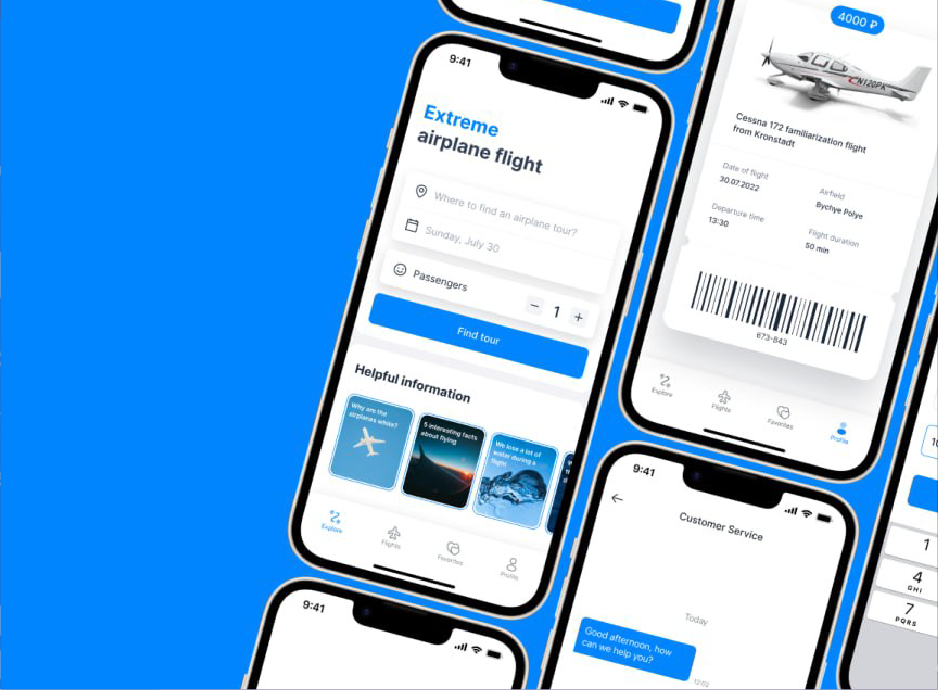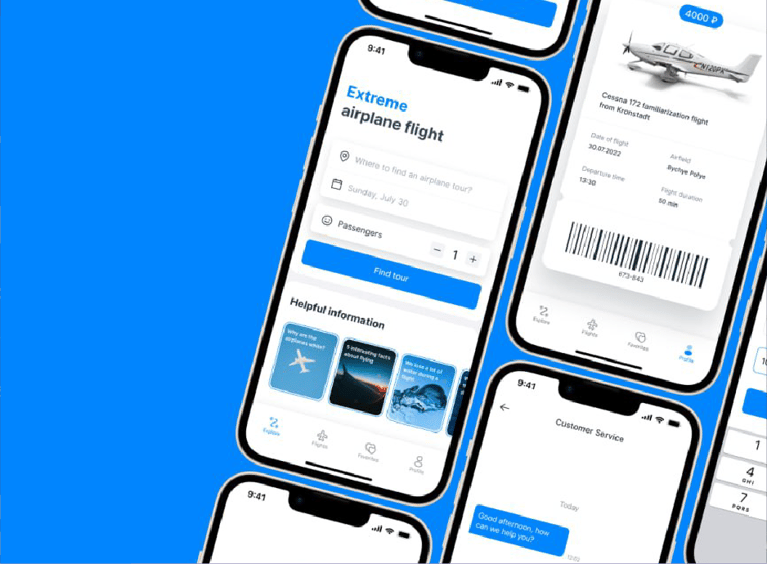7 Responsive Web Design Rules You Need to Know
A website is a crucial tool for businesses to engage with potential customers. As more users shift towards mobile devices, responsive web design is now a necessity. Ensuring your website looks great and functions seamlessly across all devices is paramount. For those looking to master this essential skill, diving into a website design course, or even better, aiming for a website design certification, could be the game-changer. Here are seven responsive web design rules to guide you through the maze of pixels and codes to create genuinely responsive websites.
Fluid Grids are Your Best Friend
The foundation of responsive web design lies in fluid grid systems. These grids use relative units like percentages rather than fixed units like pixels to define page elements. This flexibility ensures that your website can adjust smoothly to different screen sizes. Learning about fluid grids in an advanced web design course can help you implement this approach effectively.
Flexible Images are Key
Just as your grid system adapts, so should your images. Using CSS, you can ensure that images on your website resize within their container elements, maintaining the aspect ratio and preventing distortion or overflow. This technique is often detailed in Delhi's best web designing institute, where practical skills are as emphasized as theoretical knowledge.
Media Queries Make It Possible
Media queries are the magic behind responsive design. They allow you to create different CSS styles for various screen sizes. They enable your website to detect the visitor's screen size and orientation and apply the appropriate style sheet. A comprehensive web design course in Delhi would delve into media queries and show you how to use them to enhance your website's responsiveness.
Forget About Fixed Positions
Responsive design and fixed positioning often clash. Elements that stay put on desktop screens can wreak havoc on smaller devices. During an advanced web design course, you'll learn the importance of flexible, adaptable element positioning to ensure a seamless experience across devices.
Tap into Touchscreen Compatibility
With the proliferation of touchscreen devices, designing for touch is no longer optional. This includes considering larger touch targets and simplifying interactions to improve usability. The best web designing institute in Delhi will teach you how to design for mouse and touch navigation, preparing you for the nuances of modern web design.
Speed is Non-negotiable
Responsive design isn't just about adjusting to screen sizes; it's also about performance. Optimizing images, leveraging browser caching, and minimizing code are critical steps to ensure your website loads quickly on any device. In a website design course, you'll learn techniques to enhance your site's speed without sacrificing quality.
Test, Test, and Test Again
Testing it across devices and browsers is the only way to know if your website is responsive. Use tools and simulators to test your designs, but consider the value of real-world testing on actual devices. A robust website design certification program will emphasize the importance of testing and provide you with the tools to do it effectively.
Wrapping Up
Responsive web design is no longer just a skill; it's a critical component of modern web development. Understanding and implementing these seven rules will ensure your websites stand out and deliver a seamless user experience as the digital landscape continues to evolve. Remember, the goal of responsive design is not just to make websites look good on any device but to enhance usability, improve access, and ensure your digital presence is as dynamic and versatile as the devices it's viewed on.
You Might Also Like
Top 9 Crucial Points for Choosing the Right...
EMPOWERING EDUCATION
Stay Tuned
Stay up to date with our latest courses.



















.png?width=130&height=53&name=image%2027%20(1).png)














.jpg)















.jpg?width=767&name=movie%20poster%20%20(option%202).jpg)

BOOK A FREE CONSULTATION